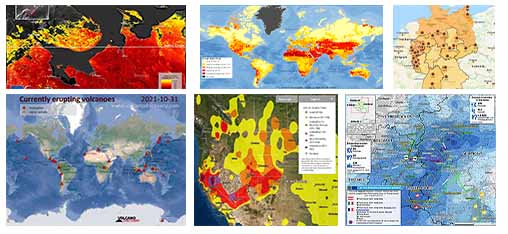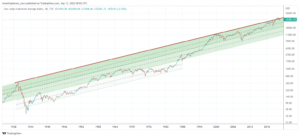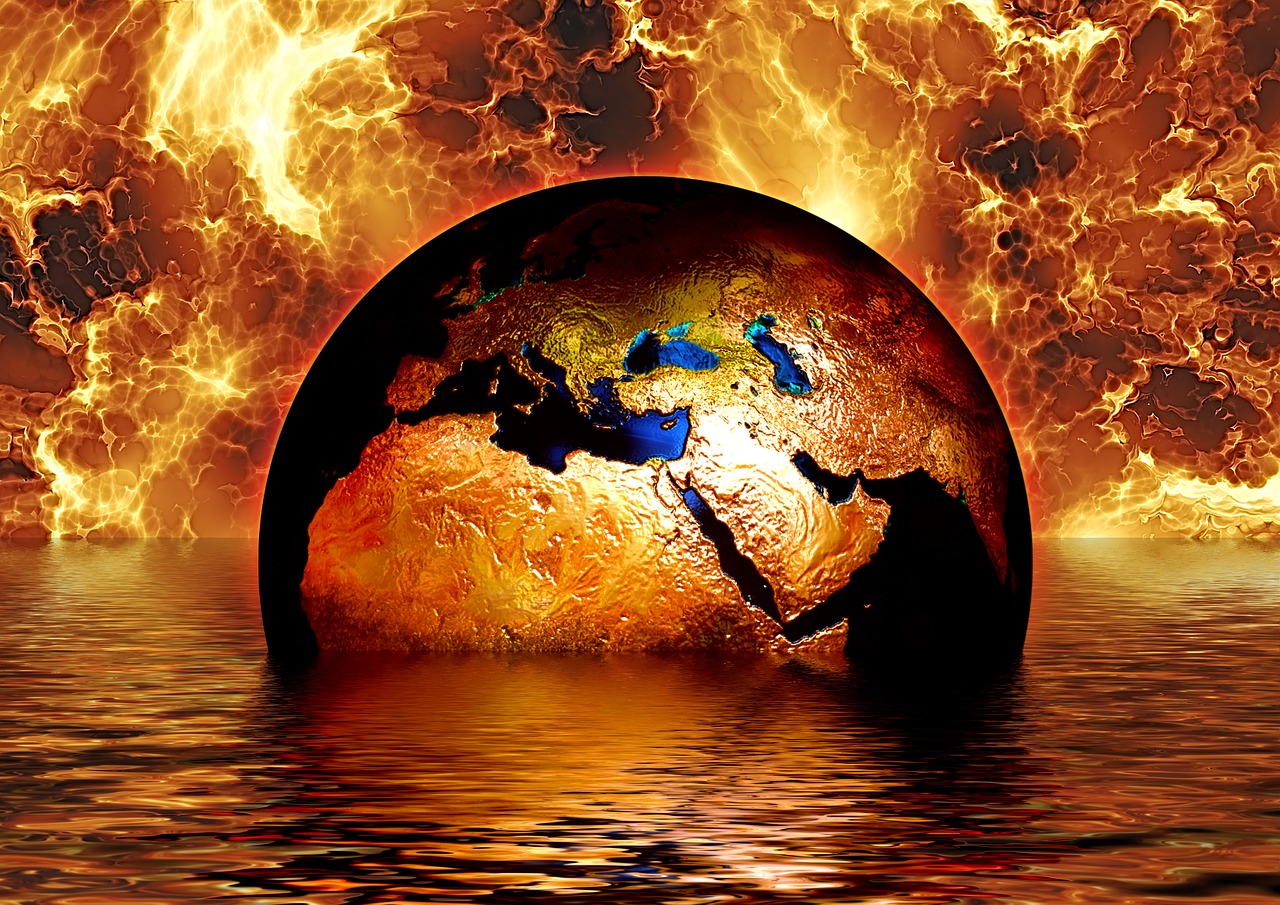
DRM – Disaster Risk Mitigation
WE DON’T KNOW, WHAT WE DON’T KNOW. DRM is planning for the unforeseen even when you don’t know what it might be.
For the past 100 years, the stock market (DJIA) has risen from a low of 58 (the 1929 crash) to its current position of 33,000. A growth of 56000%. At the same time the population of the earth has grown from 1 Billion in 1800 to 8 Billion today. The number of cars/vehicles on our roads has risen to 1.5 Billion forecasted to hit 2 Billion by 2035.
The Industrial revolution which began in the 18th century in Europe is now in overdrive in the world at large. The wealth gap has grown exponentially and many nations are experiencing extreme poverty.
Since the beginning of the 20th century wars have ravaged nations and their populace as never before. Millions are dying each year from man made turmoil as oppression from racial bias, religious intolerance, and politics overshadow the basics of peaceful societies. Let’s take a fictional look at 2045 and see how we have progressed

A FICTIONAL ACCOUNT – THE YEAR IS 2045 AND THE WORLD IS 5 YEARS AWAY FROM ITS 2050 NET ZERO GOAL.
WHAT’S THE VERDICT?
The world was perched on a precipice. The climate crisis had intensified, with relentless storms pounding coastlines, wildfires consuming vast forests, and once-fertile lands turning into deserts. Yet, amidst this chaos, a curious paradox emerged: the very corporations and nations that had long championed Net Zero goals seemed to be thriving, their wealth and influence expanding as the planet’s resources dwindled.
Net Zero—the ambitious target to balance greenhouse gas emissions with removals by mid-century—had become the rallying cry of global climate policy. Leaders of nations, CEOs of megacorporations, and international institutions presented it as humanity’s best hope to avert catastrophe. Gleaming skyscrapers bore slogans like “Net Zero by 2050,” and advertisements showcased smiling children in green fields powered by renewable energy. Yet behind the scenes, the reality was starkly different.
In a sleek, glass-walled boardroom of a multinational conglomerate, a group of executives convened. Their company, OmniCorp, was a titan of industry, with interests ranging from fossil fuels to renewable energy. They had pledged to achieve Net Zero by 2040, a decade ahead of the global goal. The press hailed them as pioneers of sustainability, but their internal strategy told a different story.
“Our carbon credits portfolio has doubled in value,” announced Amelia, the Chief Sustainability Officer. “We’ve secured contracts for reforestation projects in developing nations, and our direct air capture facilities are on track for completion.”
“Excellent,” replied Marcus, the CEO. “But remember, our primary obligation is to the shareholders. Net Zero is a narrative. It keeps regulators at bay and ensures we stay ahead of the competition. As for actual emissions… well, offsets are a game we know how to play.”
The room chuckled. For OmniCorp, the path to Net Zero was paved with investments in carbon offsets—projects that promised to remove or avoid emissions elsewhere. They purchased vast tracts of land in impoverished nations, branding them as carbon sinks, while simultaneously lobbying for relaxed regulations on their core operations. To the public, they were climate champions. To themselves, they were pragmatists hedging their bets on a future where the rules could always be bent.
Meanwhile, in the geopolitical arena, the divide between the Global North and South widened. Wealthy nations fortified their borders, deploying advanced technologies to shield themselves from the worst effects of climate change. Floating cities, powered by renewable energy, emerged off the coasts of North America and Europe, accessible only to the elite. These enclaves touted self-sufficiency and sustainability but were built with materials extracted from vulnerable regions, leaving scars on the landscapes and communities that supplied them.
In the Global South, the story was grimmer. Countries bearing the brunt of climate impacts struggled to adapt. Displacement became the norm as rising seas swallowed entire islands and droughts rendered farmland useless. Many had been coerced into hosting carbon offset projects, often at the expense of their own food security and sovereignty. Promises of financial compensation rarely materialized, leaving communities disillusioned and impoverished.
One such community was in the heart of the Amazon rainforest. María, a young activist, stood on the banks of a river that had once been a lifeline for her village. “They promised us jobs and prosperity,” she said, gesturing to the sprawling plantation of non-native trees behind her. “Instead, they’ve taken our land and left us with nothing. These trees don’t feed us; they don’t heal our soil. They’re here to make someone far away feel less guilty about their emissions.”
María’s village had been one of many co-opted into the carbon offset market. Traditional farming practices were replaced with monoculture plantations under the guise of reforestation. The ecological balance was disrupted, and the community’s cultural heritage was eroded. For corporations and wealthy nations, these offsets were convenient tools to delay meaningful emission reductions. For María and millions like her, they were a betrayal.
Despite the mounting inequities, the rich and powerful doubled down on their strategies. Hedge funds and private equity firms poured money into “climate resilience” assets, from desalination plants to drought-resistant crop technologies. These investments were less about saving the planet and more about ensuring the survival of the privileged few in a world of scarcity. Insurance companies rebranded entire regions as “uninsurable,” leaving vulnerable populations to bear the full cost of climate disasters.
In a closed-door meeting at the United Nations, a senior diplomat from a small island nation addressed the assembly. “Net Zero cannot be a smokescreen for inaction,” she declared, her voice trembling with emotion. “The wealthiest among us must take responsibility for their emissions, not outsource the burden to those who have contributed least to this crisis. True justice requires transparency, accountability, and a commitment to real change.”
Her plea was met with applause but little action. The rich continued to hedge their bets, investing in technological fixes like geoengineering and space colonization, while the rest of humanity grappled with the escalating consequences of a warming planet.
The Net Zero narrative, it seemed, had become a convenient illusion. It allowed the powerful to project an image of progress while perpetuating systems that enriched themselves at the expense of others. As storms grew fiercer and fires raged hotter, the facade began to crack. The question was no longer whether the world could achieve Net Zero, but whether it could survive the profound inequities that pursuit had entrenched.

WE DON’T KNOW, WHAT WE DON’T KNOW. DRM is planning for the unforeseen even when you don’t know what it might be.

For the past 100 years, the stock market (DJIA) has risen from a low of 58 (the 1929 crash) to its current position of 33,000. A growth of 56000%. …
Hello world! nal001 • February 21, 2022 • Uncategorized • 1 Comment Welcome to WordPress. This is your first post. Edit or delete it, then